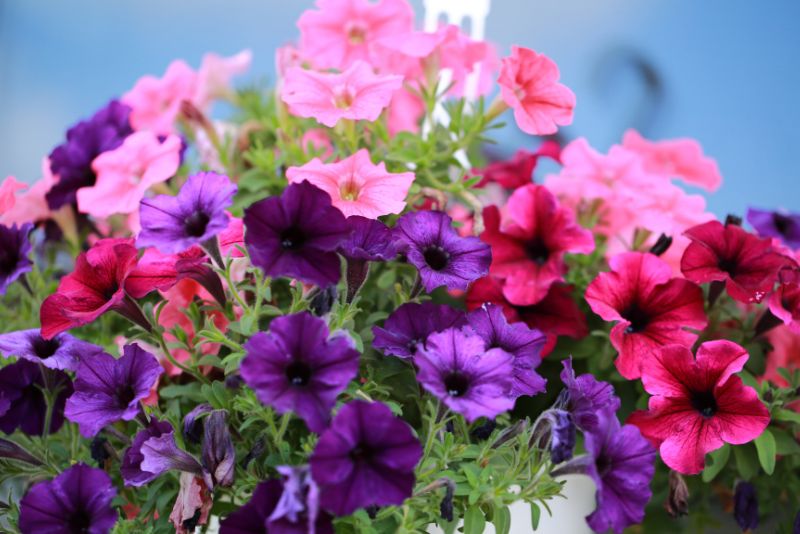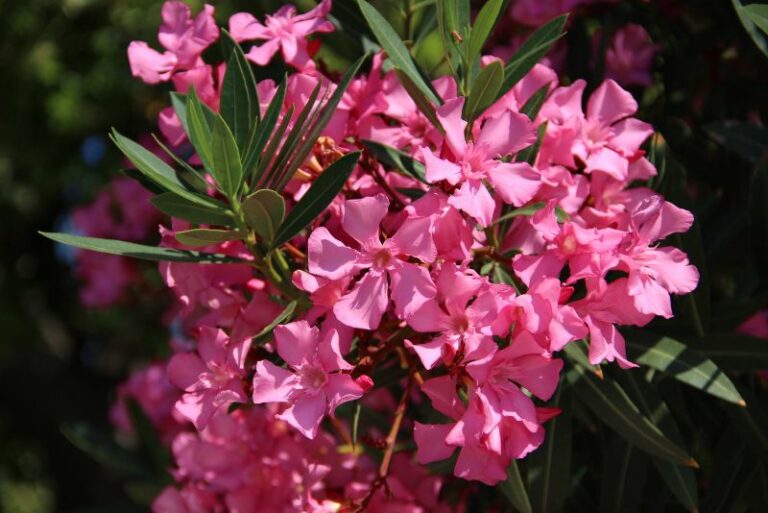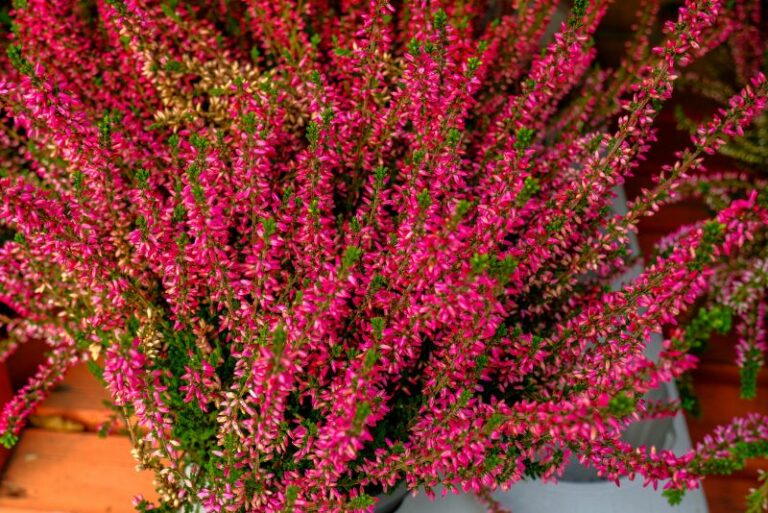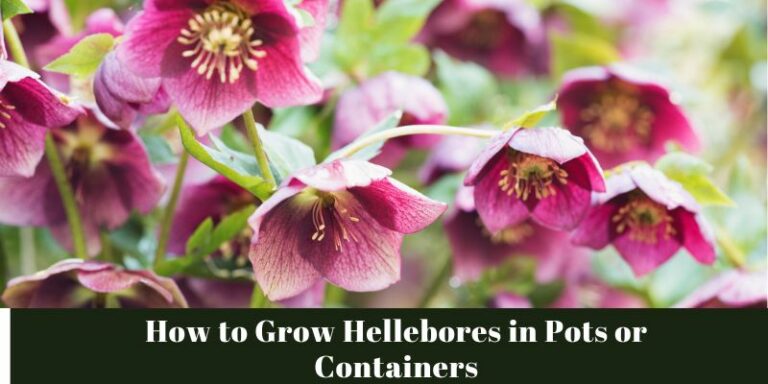Petunia Pruning 101: Cultivating Lush Blooms with Expert Care
Unveiling the vibrant beauty of petunias in your garden or balcony is like putting up a floral fireworks show – a spellbinding display of color and charm. However, to ensure that these cheerful blooms reach their full potential, pruning becomes an essential art in your gardening toolkit. In this comprehensive guide, discover the secrets to masterful petunia pruning, tailored to beginners and seasoned plant enthusiasts alike. We will explore the when, why, and how of petunia pruning, transforming your approach to plant care with each gentle snip.
The Art and Science of Pruning Petunias

Petunias are favored for their prolific flowering and adaptability to various climates and growing conditions. However, to maintain their vigor and encourage an abundance of blossoms, pruning is a must. Unlike vegetables or shrubs, petunias reward the precise clipping of their stems with a surge of new growth, resulting in bushy, flowering plants that outshine their untrimmed counterparts.
Understanding the Growth Cycle of Petunias
Before diving into pruning specifics, it’s vital to grasp the lifecycle of petunias. These annuals or perennials, depending on the variety, bear flowers on new growth. Encouraging this new growth through pruning energizes the plant, leading to more and better blooms. The timing of your intervention must coincide with the natural growth patterns of the petunia to maximize your efforts.
Why Prune Your Petunias?
The benefits of pruning go beyond aesthetics; they are pivotal to the overall health and longevity of your petunias. Trimming stimulates lateral bud growth, creating a compact, well-branched form that is less prone to legginess and disease. Additionally, focusing the plant’s energy on robust shoots rather than seeds or spent blooms prolongs the flowering season.
Maximizing Flower Production
By removing spent flowers and leggy stems, the petunia redirects its resources to producing new flowers. This constant deadheading not only maintains a tidy appearance but also ensures the plant is at its blooming peak.
Shaping for Beauty and Strength
Pruning petunias according to their ideal form strengthens the plant’s structure, especially when grown in containers. A bushy petunia with a balance of foliage and flowers is more wind resistant and less likely to topple under its own weight.
When is the Right Time to Prune?
Timing is crucial in the pruning process. Since petunias set their flowers on new growth, you want to prune at a juncture that allows ample time for this new growth to bloom before the end of the gardening season. The general rule is to start pruning early in the growing season and maintain a regular schedule to keep the plant in top form.
Early Spring Pruning
As the first signs of growth appear, it’s time to begin your pruning regimen. Pinching back the initial stems encourages a dense plant structure and prevents the petunia from becoming too leggy.
Regularly Throughout the Season
After the initial spring prune, keep a watchful eye on your petunias. Each time the plant becomes overgrown or flowers fade, it’s an opportunity for another light pruning session.
The Art of Pruning: Techniques for Petunias
Now that you understand the importance and timing of petunia pruning, let’s delve into the how. Proper technique ensures the greatest benefit for your plants and a satisfying experience for the gardener. Here’s a step-by-step guide to get you started.
Step 1: Gather Your Tools
You’ll need a sturdy, sharp pair of pruning shears. Blunt instruments can cause ragged cuts, leading to slower healing and an increased risk of disease.
Step 2: Pinch the Tips at the Right Spot
Position your shears just above a set of leaves or a bud junction. By cutting here, you promote new growth from the buds below, boosting the natural branching pattern.
Step 3: Trim Spent Flower Stems
Once a bloom is past its prime, follow the stem down to the base of the plant and snip it off. Make these cuts close to the main stem to maintain a neat appearance and discourage rot.
Step 4: Monitor New Growth
After a pruning session, watch to see how the plant responds. New stems should start to emerge from the pinched points within a few weeks, ready to produce a fresh wave of flowers.
Common Pruning Mistakes to Avoid
Even the most careful gardeners can slip up when pruning their petunias. Steering clear of these common errors can help you achieve better results and keep your plants thriving.
Cutting at Random
Haphazard pruning can diminish the overall appearance of the plant and lead to an uneven structure. Always have a clear vision of the shape you’re aiming for before making a cut.
Neglecting Tool Maintenance
Unkempt tools can spread disease from plant to plant. After every pruning session, clean your shears with a cloth soaked in rubbing alcohol to sanitize them.
Overpruning
While regular maintenance is key, overdoing it can stress the plant by removing too much at one time. Stick to light pruning sessions, especially in the case of established petunias.
Conclusion: The Reward of a Well-Pruned Petunia
As you practice the art of petunia pruning, you’ll not only witness a transformation in your plants but also in your gardening confidence. Each intentional snip contributes to the health and beauty of your beloved blooms. So go ahead, give petunia pruning a try, and revel in the joy of cultivating a garden that flourishes year after year. Remember, every garden is unique, so keep an eye on how your petunias respond and adjust your routine accordingly. Happy pruning!






